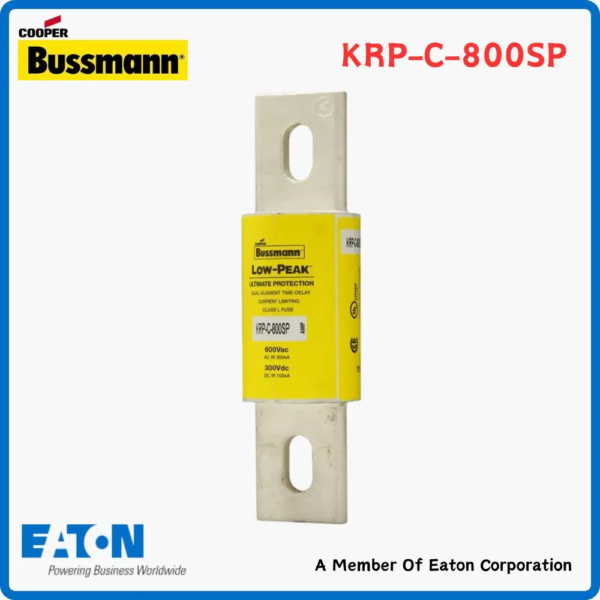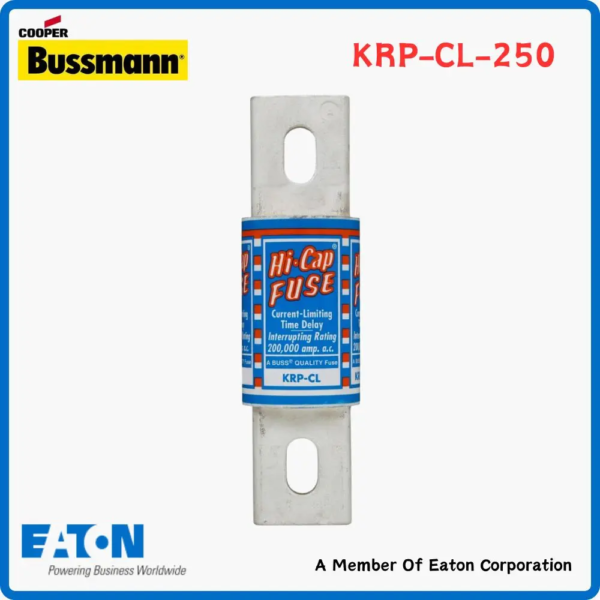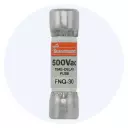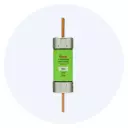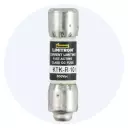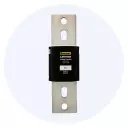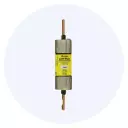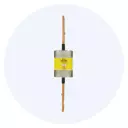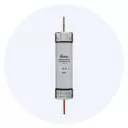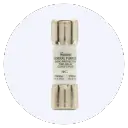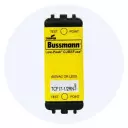Bussmann FNQ Fuses
Eaton Bussmann FNQ-1/8 Low Voltage Fuse
Rated 5.00 out of 5In stock
$16.74EachSKU: FNQ-1/8Weight 0.175 lbs Dimensions 0.01138889 × 0.01138889 × 0.04166667 yd Brand Eaton Bussmann
Eaton-Bussmann, with its headquarters in St. Louis, Missouri, is a division of Eaton Corporation that specializes in the production of circuit protection products. These products are designed for use in the electrical, electronic, and automotive industries, both domestically and on a global scale. The company boasts a strong manufacturing network with facilities located in three domestic and six international locations, reflecting its commitment to serving customers worldwide. With a team of approximately 3,000 employees, Eaton-Bussmann is well-positioned to meet the ever-evolving needs of its customers in the electrical protection industry.
Eaton stands as a forward-thinking leader in power management, focused on enhancing lifestyles and safeguarding the planet. Leveraging the worldwide momentum of electrification and digital innovation, they propel the global shift towards renewable energy, addressing pressing power management issues on a global scale.Product type Low Voltage Fuse
Voltage 500 Volt
Eaton Bussmann FNQ-R-1/10 Low Voltage Fuse
Rated 5.00 out of 5In stock
$11.33EachSKU: FNQ-R-1/10Weight 0.175 lbs Dimensions 0.01138889 × 0.01138889 × 0.04166667 yd Brand Eaton Bussmann
Eaton-Bussmann, with its headquarters in St. Louis, Missouri, is a division of Eaton Corporation that specializes in the production of circuit protection products. These products are designed for use in the electrical, electronic, and automotive industries, both domestically and on a global scale. The company boasts a strong manufacturing network with facilities located in three domestic and six international locations, reflecting its commitment to serving customers worldwide. With a team of approximately 3,000 employees, Eaton-Bussmann is well-positioned to meet the ever-evolving needs of its customers in the electrical protection industry.
Eaton stands as a forward-thinking leader in power management, focused on enhancing lifestyles and safeguarding the planet. Leveraging the worldwide momentum of electrification and digital innovation, they propel the global shift towards renewable energy, addressing pressing power management issues on a global scale.Product type Low Voltage Fuse
Voltage 500 Volt
Bussmann WCF Fuses
Bussmann FCF Fuses
Eaton Bussmann Series UL Class CF, FCF 1RN Fuse
Rated 5.00 out of 5In stock
$79.99SKU: FCF1RNBrand Eaton Bussmann
Eaton-Bussmann, with its headquarters in St. Louis, Missouri, is a division of Eaton Corporation that specializes in the production of circuit protection products. These products are designed for use in the electrical, electronic, and automotive industries, both domestically and on a global scale. The company boasts a strong manufacturing network with facilities located in three domestic and six international locations, reflecting its commitment to serving customers worldwide. With a team of approximately 3,000 employees, Eaton-Bussmann is well-positioned to meet the ever-evolving needs of its customers in the electrical protection industry.
Eaton stands as a forward-thinking leader in power management, focused on enhancing lifestyles and safeguarding the planet. Leveraging the worldwide momentum of electrification and digital innovation, they propel the global shift towards renewable energy, addressing pressing power management issues on a global scale.Product type Fuse
Voltage 600 Volt
Bussmann FRS Fuses
Bussmann HEB-AA Fuse
Eaton Bussmann HEB-AA Inline Fuse Holder
Rated 5.00 out of 5In stock
$18.99SKU: 504-HEB-AA-2Brand Eaton Bussmann
Eaton-Bussmann, with its headquarters in St. Louis, Missouri, is a division of Eaton Corporation that specializes in the production of circuit protection products. These products are designed for use in the electrical, electronic, and automotive industries, both domestically and on a global scale. The company boasts a strong manufacturing network with facilities located in three domestic and six international locations, reflecting its commitment to serving customers worldwide. With a team of approximately 3,000 employees, Eaton-Bussmann is well-positioned to meet the ever-evolving needs of its customers in the electrical protection industry.
Eaton stands as a forward-thinking leader in power management, focused on enhancing lifestyles and safeguarding the planet. Leveraging the worldwide momentum of electrification and digital innovation, they propel the global shift towards renewable energy, addressing pressing power management issues on a global scale.Product type Fuse
Voltage 600 Volt
Bussmann JJN Fuses
Bussmann JJS Fuses
Bussmann JKS Fuses
Eaton Bussmann Fuse JKS-1 Low Voltage Fuse
Rated 5.00 out of 5In stock
$13.99SKU: JKS-1Brand Eaton Bussmann
Eaton-Bussmann, with its headquarters in St. Louis, Missouri, is a division of Eaton Corporation that specializes in the production of circuit protection products. These products are designed for use in the electrical, electronic, and automotive industries, both domestically and on a global scale. The company boasts a strong manufacturing network with facilities located in three domestic and six international locations, reflecting its commitment to serving customers worldwide. With a team of approximately 3,000 employees, Eaton-Bussmann is well-positioned to meet the ever-evolving needs of its customers in the electrical protection industry.
Eaton stands as a forward-thinking leader in power management, focused on enhancing lifestyles and safeguarding the planet. Leveraging the worldwide momentum of electrification and digital innovation, they propel the global shift towards renewable energy, addressing pressing power management issues on a global scale.Product type Low Voltage Fuse
Voltage 600 Volt
Bussmann KRP Fuses
Cat6E vs Cat6A: Fuse Selection Matters
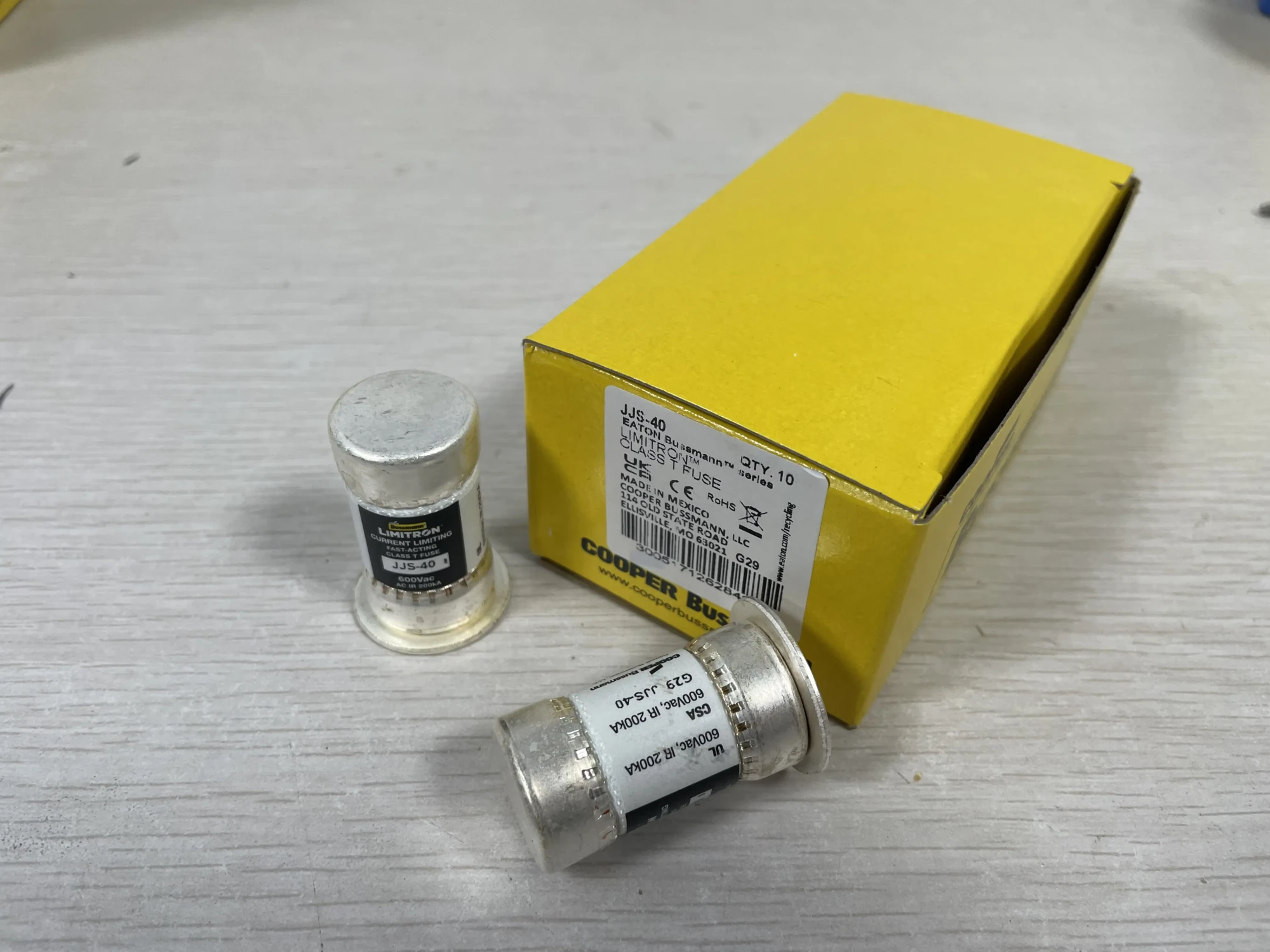
When it comes to selecting the right Ethernet cable for your network infrastructure, two popular options often come into consideration: Cat6E and Cat6A. While both cables offer high-speed data transmission, they have distinct differences in terms of performance, specifications, and applications. In this blog post, we’ll delve into the world of Cat6E vs Cat6A, exploring their product parameters, specifications, uses, and precautions, with a special focus on fuse selection matters.
Introduction to Cat6E and Cat6A
Cat6E (Enhanced) and Cat6A (Augmented) are both Ethernet cable categories designed to support high-speed data transmission over twisted-pair copper cables. Cat6E is an enhanced version of the original Cat6 cable, offering improved performance and higher bandwidth. Cat6A, on the other hand, is an augmented version of Cat6E, providing even higher speeds and better noise reduction.
Product Parameters and Specifications
Here’s a comparison of the key product parameters and specifications of Cat6E and Cat6A:
- Bandwidth: Cat6E supports up to 250 MHz, while Cat6A supports up to 500 MHz.
- Data Transfer Rate: Cat6E can transmit data at speeds of up to 10 Gbps, while Cat6A can reach speeds of up to 10 Gbps as well.
- Cable Length: Both Cat6E and Cat6A have a maximum cable length of 100 meters (328 feet).
- Shielding: Cat6A cables are typically shielded, which provides better protection against electromagnetic interference (EMI) and radio-frequency interference (RFI).
- Connectors: Both Cat6E and Cat6A use RJ-45 connectors.
Uses and Applications
Cat6E and Cat6A cables are commonly used in various applications, including:
- Local Area Networks (LANs): Both cables are suitable for LANs, providing high-speed data transmission and reliable connectivity.
- Data Centers: Cat6A cables are often preferred in data centers due to their higher bandwidth and better noise reduction.
- Industrial Networks: Cat6E and Cat6A cables are used in industrial networks, including manufacturing, process control, and automation systems.
Precautions and Considerations
When selecting between Cat6E and Cat6A, consider the following precautions and factors:
- Distance and Interference: If you need to transmit data over long distances or in environments with high levels of EMI/RFI, Cat6A may be a better choice.
- Speed and Bandwidth: If you require higher speeds and bandwidth, Cat6A is the better option.
- Cost and Budget: Cat6E cables are generally less expensive than Cat6A cables.
Fuse Selection Matters
In the context of Cat6E and Cat6A, fuse selection is crucial to ensure reliable and efficient power management. Eaton Bussmann, a leading provider of circuit protection solutions, offers a range of fuses and fuse relay products that cater to the specific needs of Ethernet cable applications.
When selecting fuses for your Cat6E or Cat6A network, consider the following factors:
- Current Rating: Choose fuses with the correct current rating to match your network’s power requirements.
- Voltage Rating: Ensure the fuse’s voltage rating is compatible with your network’s voltage requirements.
- Response Time: Select fuses with fast response times to quickly interrupt power in case of an overcurrent event.
In conclusion, while both Cat6E and Cat6A cables offer high-speed data transmission, the choice between them depends on specific application requirements, including distance, interference, speed, and bandwidth. By understanding the product parameters, specifications, uses, and precautions of each cable type, and by selecting the right fuses for your network, you can ensure reliable, efficient, and high-performance data transmission. As an authorized Eaton Bussmann distributor, Aaaelect-Bussmann provides genuine products and expert advice to help you make informed decisions for your network infrastructure needs.

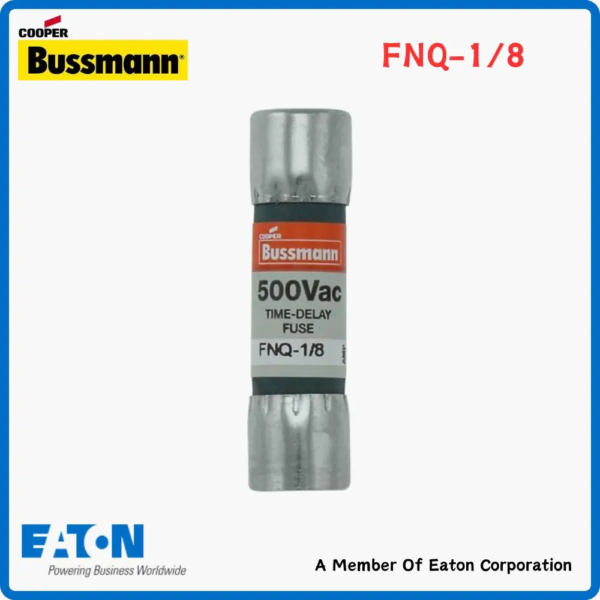
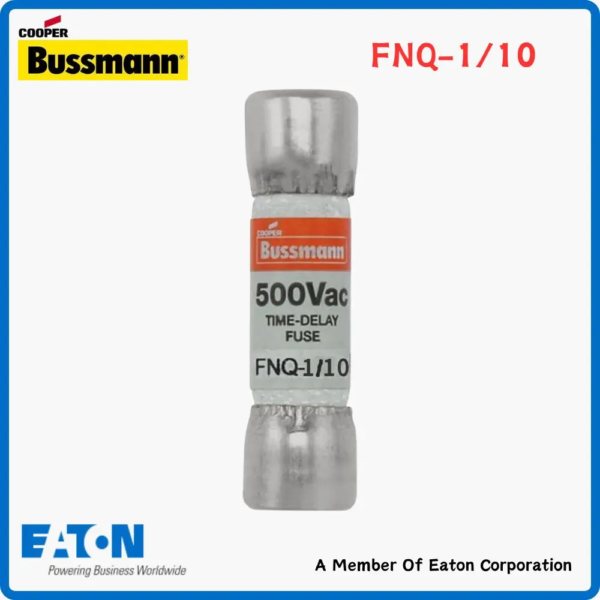

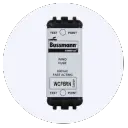 Bussmann WCF Fuses
Bussmann WCF Fuses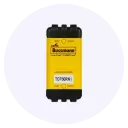 Bussmann FCF Fuses
Bussmann FCF Fuses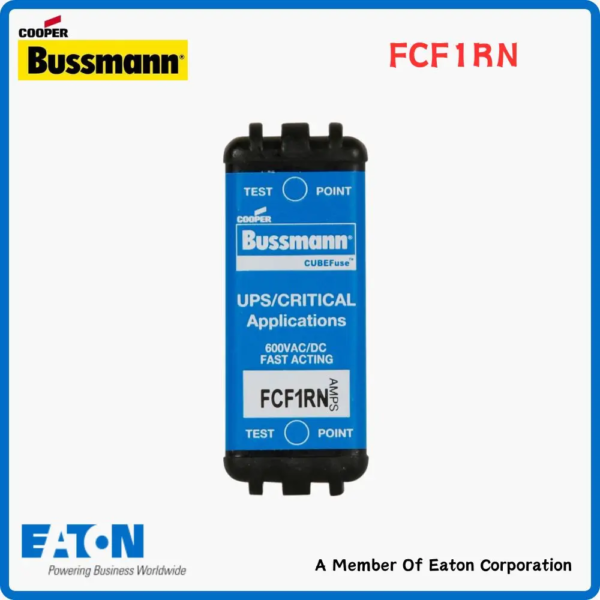
 Bussmann FRS Fuses
Bussmann FRS Fuses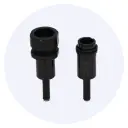 Bussmann HEB-AA Fuse
Bussmann HEB-AA Fuse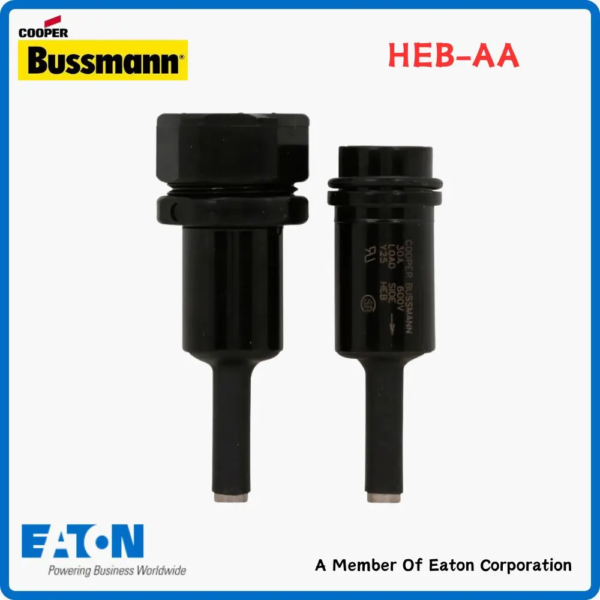
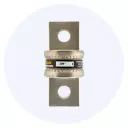 Bussmann JJN Fuses
Bussmann JJN Fuses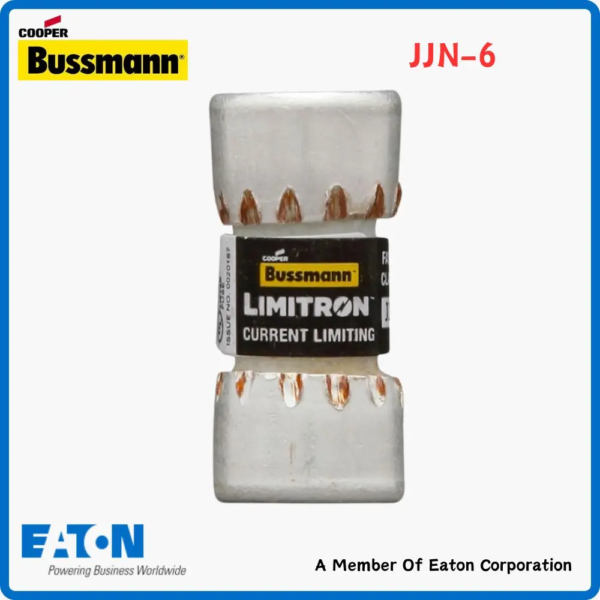
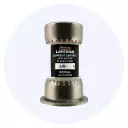 Bussmann JJS Fuses
Bussmann JJS Fuses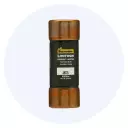 Bussmann JKS Fuses
Bussmann JKS Fuses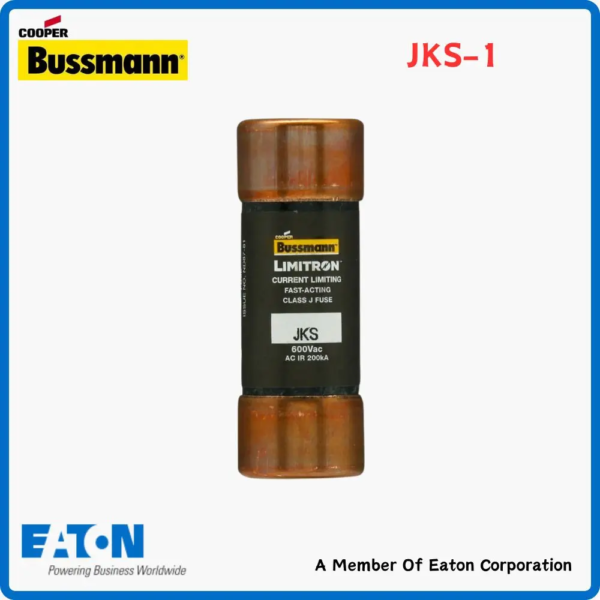
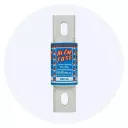 Bussmann KRP Fuses
Bussmann KRP Fuses